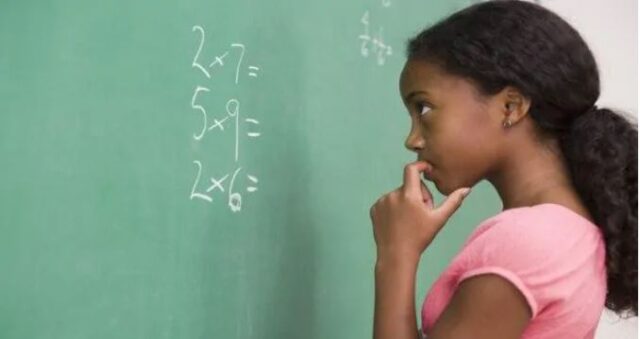As a result of the pandemic and quarantine, many parents have had to take over and become teachers. For both parent and student to be successful, according to a new study, over two-thirds of parents have to use Google in order to help their kids with their schoolwork.

The survey was conducted by OnePoll and commissioned by Photomath, a homework assistance app, designed to explain math problems and teach math concepts, involved 2,000 American parents. The parents all had school-aged students and were asked how sharp were their own math skills and how they approached their children’s studies.
Although confident in their own skills, they felt that they were severely lacking the confidence to help their children. 70 percent of the parents surveyed stated that it’s hard for them to solve their children’s math homework.

Most American parents can do basic math in their heads; however, 75 percent of them will still use a calculator to double check and make sure that they are correct.
The study finds that kids will ask for homework help, on average, five times a week. This becomes a negotiation point for parents to see which one of them drew the short stick, so to speak. 54 percent of parents will try to find a way to get out of helping their kid with homework.
Parents were asked why does the math seem harder now? 56 percent of them responded that their child is learning the subject differently than they did.
1. Songs: Turning math facts into songs can help a child remember it easier. (i.e.: The ABC’s song)
2. Mnemonics: A mnemonic is a saying that corresponds to a set of facts that need to be memorized. One common mnemonic example is “Please Excuse My Dear Aunt Sally,” which helps with the order of operations: parentheses, exponents, multiplication and division, addition and subtraction.
3. Games: Did you know that Monopoly is great for teaching addition and subtraction? Family night just became educational.
4. Cheat Sheets: Although this may seem like a bad thing, cheat sheets give students repeated exposure to material that they need to learn.
5. Coloring Charts: Coloring charts help students to remember how things look visually.
6. Math Tricks: There are many tricks and shortcuts to help remember math facts. Here are a
few to add to your arsenal.
7. Flashcards: This is an oldie, but goodie that seems to work. You remember flashcard drill? Flashcards help kids learn facts, but may be a little boring. To decrease boredom, have them create their own!










